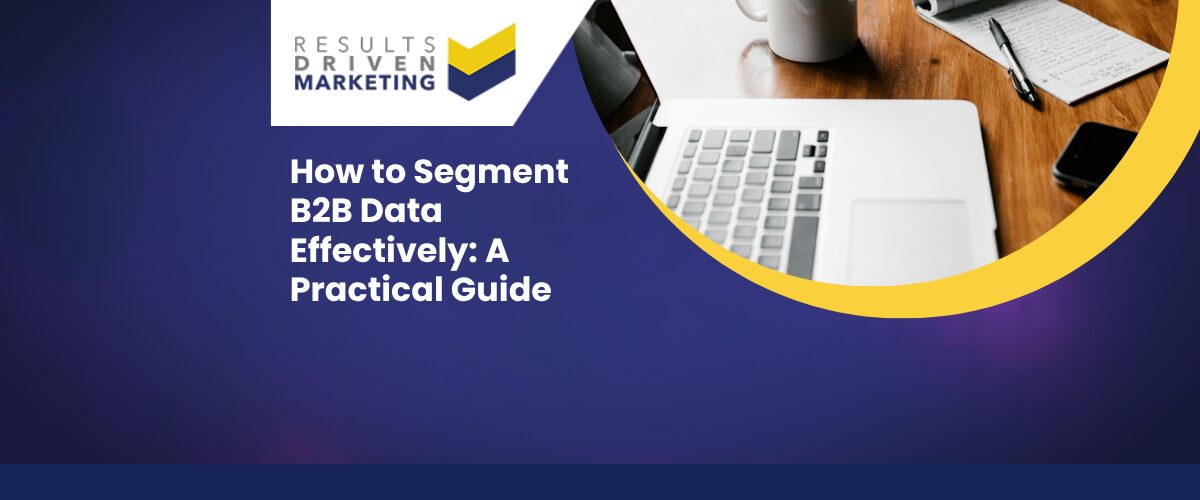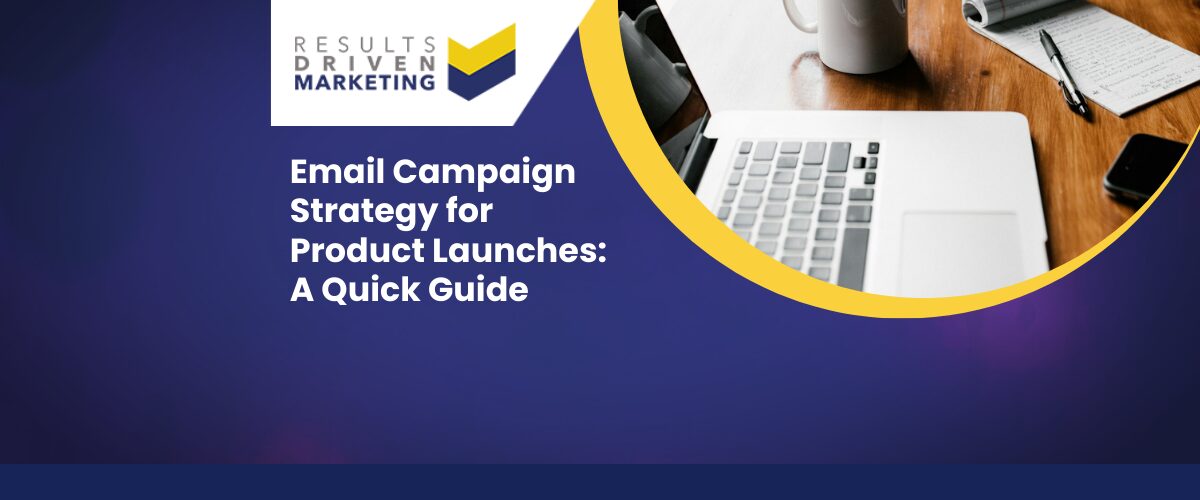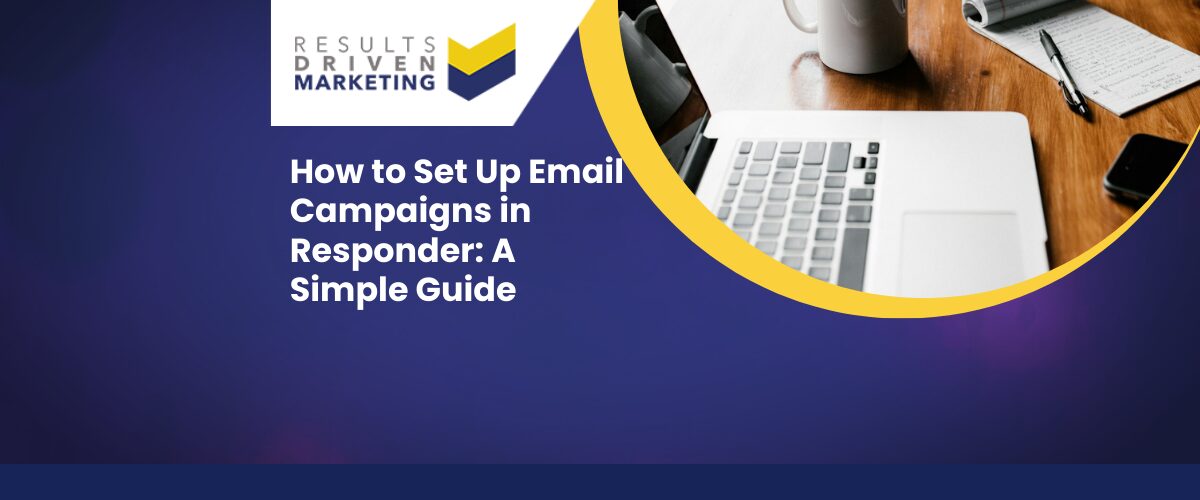
How to Segment B2B Data Effectively: A Practical Guide
How to segment B2B data effectively is one of the most valuable skills you can master if you’re relying on purchased lists for lead generation.
The problem? Many businesses treat their entire database as one big list — blasting the same message to every contact, regardless of industry, role, or company size. It’s no surprise when response rates tank and campaigns underperform.
Segmentation fixes that. By organising your B2B data into meaningful groups — such as job titles, sectors, regions, or business sizes — your messaging becomes more relevant, more personal, and far more effective. Whether you’re emailing, calling, or mailing decision-makers, segmentation helps you reach the right people with the right message at the right time.
In this guide, we’ll show you exactly how to segment B2B data effectively, what to avoid, and how smart segmentation leads to stronger results across every campaign.
Table of contents:
What is B2B Data Segmentation?
B2B data segmentation is the process of dividing your database into smaller, more targeted groups based on shared characteristics. The goal? To make your outreach more relevant — and therefore, more effective.
Unlike basic filtering (e.g., pulling all “Marketing Directors”), segmentation is about creating strategic categories that align with your goals. These might include:
-
Industry or sector
-
Job role or decision-making level
-
Company size or turnover
-
Location
-
Behaviour or engagement history (where available)
Why It Matters for SMEs
For small and mid-sized businesses, every campaign counts. You don’t have the luxury of spraying messages and hoping for the best. Segmentation helps you:
-
Send tailored, relevant messages
-
Increase engagement without increasing effort
-
Improve your ROI with more focused campaigns
Done right, segmentation turns a generic list into a tool for real business growth — whether you’re cold emailing, calling, or sending direct mail.
Common Mistakes When Using Purchased Data
Purchased B2B data can be a powerful tool — but only if it’s used correctly. Too often, businesses fall into traps that reduce its effectiveness before a single message goes out. Here are the biggest pitfalls to avoid:
Treating the Entire List the Same
Many SMEs send the same script or email to every contact, regardless of role, industry, or company size. This one-size-fits-all approach leads to:
-
Low engagement
-
Poor reply rates
-
Missed opportunities to connect in a meaningful way
Relying on One Field (e.g., Job Title)
Job titles are useful, but they’re often messy or inconsistent — especially across different industries or data sources. Assuming “Director” means decision-maker can lead to misfires, especially in smaller companies where roles overlap.
Ignoring Company Context
Company size, sector, and turnover all influence how a business buys. Messaging that works for a 5-person startup won’t land with a 100-staff manufacturer. If you’re not segmenting by company context, you’re risking irrelevance.
Avoiding these mistakes sets the stage for more targeted, results-driven outreach.
How to Segment B2B Data Effectively
To get better results from your campaigns, you need to stop thinking in terms of one big list — and start building targeted segments. Here’s how to segment B2B data effectively, using criteria that matter for real-world outreach.
Segment by Industry or Sector
-
Tailor your messaging to match sector-specific pain points.
-
For example: a “cost-saving” angle may work for manufacturing, while “growth and automation” may land better in tech or finance.
-
You’ll sound more relevant and increase your chance of engagement.
Job Role or Seniority
-
Group contacts by function: sales, marketing, finance, operations, or ownership.
-
Owners may respond better to ROI-led messaging, while marketing heads care more about campaign success or leads.
-
Avoid assuming all “Directors” are equal — context is key.
Company Size or Turnover
-
Small firms may want simplicity and quick wins. Larger SMEs might need scalable solutions or multi-channel support.
-
Tailor your offer and call-to-action based on business capacity and budget.
Geography
-
Useful for regional campaigns, local events, or if you’re offering area-specific support.
-
Mentioning a prospect’s location builds trust — especially in telemarketing or direct mail.
Behaviour (If Known)
-
If you’re using email tools like Responder, segment by opens, clicks, or past responders.
-
Helps you re-engage warm leads or prioritise high-interest contacts.
By using combinations of the above, you can create highly targeted segments that align perfectly with your campaign goals.
How Segmentation Improves Campaign Results
Proper segmentation doesn’t just tidy your list — it transforms your results. Here’s what happens when you segment B2B data effectively:
-
Higher Engagement Rates
More relevant messaging means better open, click, and reply rates across email, phone, and post. -
Increased Conversions
When your offer fits the audience, conversations move faster, and deals are easier to close. -
More Efficient Sales Follow-Up
Segmented leads are easier to prioritise and route to the right salespeople based on value or intent. -
Better ROI per Campaign
Even with smaller send volumes, segmented campaigns tend to deliver stronger outcomes — saving both time and budget. -
Improved Reporting and Learning
When you know which segments respond best, you can double down on what works and refine what doesn’t.
In short, segmentation gives you control. It turns your database into a strategic asset — not just a list of names.
Why Choose Results Driven Marketing
At Results Driven Marketing, segmentation isn’t an afterthought — it’s built into everything we do. Our goal is to help UK SMEs target smarter, not harder.
Here’s how we support effective segmentation:
-
Data Tailored to You
Whether you need to reach managing directors in construction or marketing leads in tech, we build lists to match your criteria — not someone else’s. -
B2B Lists Built for Action
Every list is structured with targeting in mind: clear sectors, job roles, company sizes, and locations — so segmentation is simple from the start. -
Expert Support on Tap
Need help working out who to target and how? We’ll guide you. With over 12 years in B2B data, we know what works — and what doesn’t. -
Ready for Any Channel
Whether you’re cold emailing, calling, or sending post, our data fits your outreach — and helps you personalise it.
If your current data isn’t delivering, or segmentation feels like guesswork, contact us for a sample count or no-pressure chat.
Final Thoughts
Knowing how to segment B2B data effectively is a powerful way to improve every part of your sales and marketing. It turns generic outreach into meaningful conversations — and wasted budget into real results.
The best part? It doesn’t require fancy tools or complex systems. Just a clear understanding of who you’re targeting, why they’d care, and how to organise your list to reflect that.
If you’re currently working with a purchased database, now’s the time to review how it’s segmented. A few simple adjustments can unlock stronger engagement, faster conversions, and better ROI across the board.
Need help refining your approach? Whether you want better segmentation, improved targeting, or just a fresh, focused list — contact us. Or explore our email lists built for results, not just reach.
Company Information
Results Driven Marketing
Helping UK SMEs go from bad data to more customers and profits.
📞 0191 406 6399
📍 Cobalt Business Exchange, Newcastle
🌐 rdmarketing.co.uk





